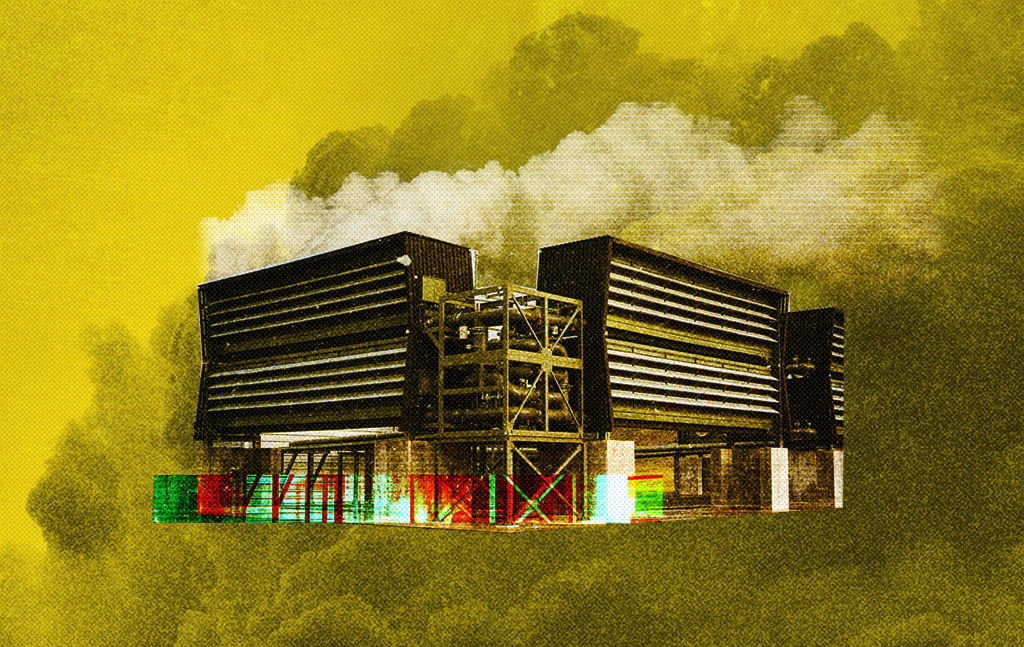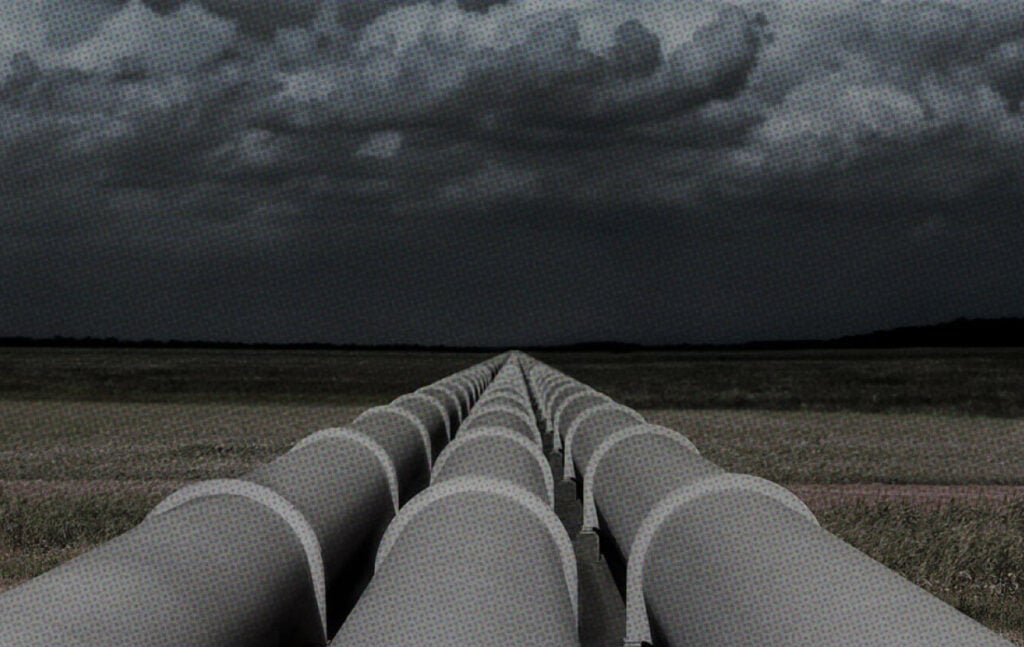Fossil fuel executives hope you’ll believe in their newest scheme — “CCS.”
Carbon Capture and Storage (CCS) is the fossil fuel industry’s biggest scheme yet to persuade people that the climate crisis can be solved while still depending on what they’re selling.
Remember how the tobacco industry used massive deception to keep consumers buying their product in spite of extreme risks? The fossil fuel industry has followed Big Tobacco’s playbook with CCS.
CCS has already proven to be a failure but that isn’t stopping fossil fuel executives from trying to convince you (and lawmakers) to bankroll it — to the tune of tens of billions of dollars.
Here’s how they pitch it—
how it’s supposed to work:

FACT CHECK
No plant has collected the amount of carbon promised
Most of the carbon is separated from other gases
FACT CHECK
95% of carbon captured in the U.S. is used to get more oil — erasing any emissions savings.
FACT CHECK
There is little evidence
that the carbon not being
used for “enhanced
oil recovery” stays
in the ground.
Carbon is stored undergroundCarbon is stored underground
They want you to think CCS will save our climate, but it won’t.
What they’re selling the public is snake oil, to lull consumers into thinking there’s an easier fix than ending fossil fuel use.
Here’s what experts say:
Carbon capture and storage is ultimately a publicly funded sewer system for the Oil & Gas industry.”
— Dr. Sandra Steingraber, Senior Scientist, Science & Environmental Health Network
Stop spreading false hope about direct carbon capture. It won’t help prevent catastrophic damage in the short term, it would require tremendous energy, and it may never scale up. Keep researching, but don’t bet on it happening. Def don’t bet the whole planet. End the [fossil fuel] industry.”
— Dr. Peter Kalmus,
Climate Scientist
An expert explains
the scam
Dr. Sandra Steingraber, a renowned biologist and Senior Scientist at the Science & Environmental Health Network, talks about the smoke and mirrors behind carbon capture in the film Dear President Biden.
From creating more CO2 than it captures, to using the captured CO2 for more fracking, to wasting taxpayer dollars on ineffective processes, to creating huge public health hazards like ruptured pipelines in Satartia, Mississippi — as Dr. Steingraber says, CCS is “bad mythology.”
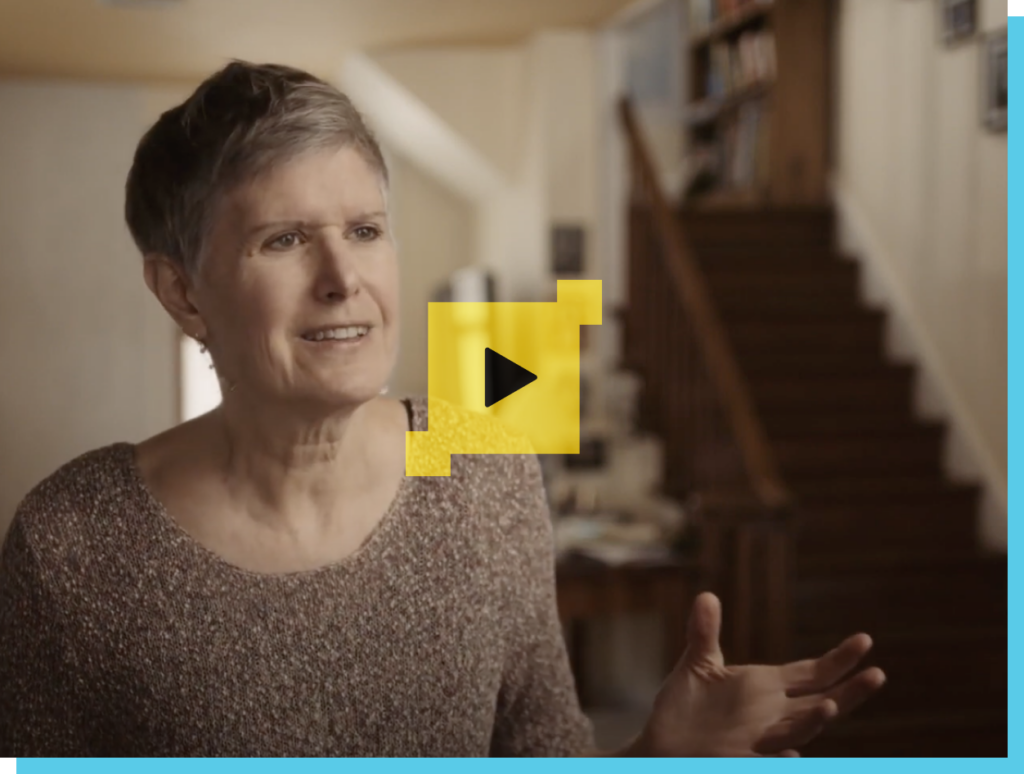
CCS is a scam and a marketing ploy.
Simply put, it’s a lifeline for the fossil fuel industry.
Fossil fuel execs see carbon capture not only as a tactic to make fossil fuels seem less dangerous to our climate but also as a way to rake in billions in subsidies from taxpayer dollars.
Top 5 reasons
CCS is bogus
Carbon capture is an expensive failure
After billions of dollars in public and private investments over decades, there are no carbon capture success stories — only colossal failures. One of the largest was the Petra Nova coal plant in Texas, once the poster child for CO2 removal. But the plant consistently underperformed, before it finally closed for good last year.
Another high-profile example — the San Juan Generating Station in New Mexico, touted as what would have been the largest capture project in the world — finally abandoned its plans for carbon capture as its last-ditch effort to stay afloat, and the plant is scheduled for demolition.
Carbon capture is energy-intensive
Running a carbon capture system is incredibly energy-intensive — it essentially requires building a new power plant to run the system, which would create a new source of air and carbon pollution. That undermines the whole goal of capturing carbon in the first place.
“Successful” capture projects almost always exist at facilities where the carbon is injected into existing wells to extract more oil. This practice is known as “enhanced oil recovery.” While an oil company CEO might argue that doubling down on fossil fuels is a climate solution, the planet begs to differ.
Direct Air Capture actually increases emissions
Due to the large amount of energy required to power carbon capture, plus the life cycle of fossil fuels, carbon capture in this country has actually put more CO2 into the atmosphere than it has removed. That’s not an accident. While our country emits roughly 5 billion tons of carbon into the atmosphere every year, to capture around a quarter of U.S. annual emissions would require the country’s entire electricity capacity.
Transport and storage presents significant risks
There are other significant risks related to the disposal and storage of carbon. Well failure during injection or a blowout could result in a release of large amounts of CO2. Storage locations can leak CO2, as they are often near fossil fuel reservoirs. There, oil and gas wellbores provide a pathway for CO2 to escape to the surface. Those storage leaks could contaminate groundwater and soil. Moreover, CO2 injections could cause earthquakes, which have already been measured at injection sites.
When a CO2 pipeline in a majority Black community in Mississippi ruptured in 2020, residents had to seek medical treatment.
Carbon capture trades off with other critical solutions
Wishful thinking about carbon capture isn’t just an ineffective response to the climate crisis — it’s dangerous. We have a small window where we can take the bold action needed to avert runaway climate chaos. Counting on carbon capture’s effectiveness squanders the opportunity to enact actual emissions reductions (a phenomenon known as “mitigation deterrence“).
The reason that the oil and gas industry loves carbon capture is simple: It extends the fossil fuel era instead of ending it.
A Health Hazard
A catastrophic carbon pipeline rupture in Mississippi
On a quiet winter night in 2020, in the small town of Satartia, Mississippi, a fog pushed the oxygen out of the air. Cars rolled to a stop. Folks collapsed in their homes. The culprit — a nearby carbon pipeline had ruptured.
Dan Zegart was one of the first national journalists on the ground to investigate the catastrophe, which hospitalized nearly 50. Now, he’s covering the fight against pipelines in Iowa, where three corporations are plotting 3,000 miles of pipeline.
SCROLL SIDEWAYS TO NAVIGATE
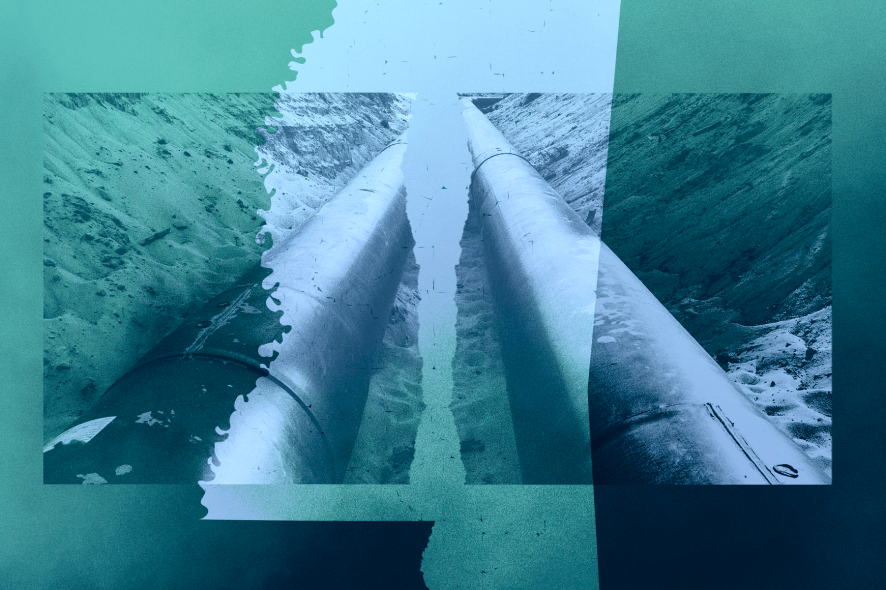
A Health Hazard
These pipelines are part of the dirty energy industry’s newest scam: carbon capture and storage. Companies claim that they’ll store the CO2 carried by these lines safely underground. That they’ll help reduce emissions and fight climate change. But it won’t work, and it’s not safe. In an interview with Food & Water Watch, Dan lays out the dangers of carbon pipelines. The interview has been edited for clarity and length.
You broke the story on how dangerous these pipelines can be. What took you by surprise going into it?
The people in Satartia were not prepared. They were not notified by the company that this could happen. They had very little knowledge about the pipeline, and that didn’t really surprise me that much.
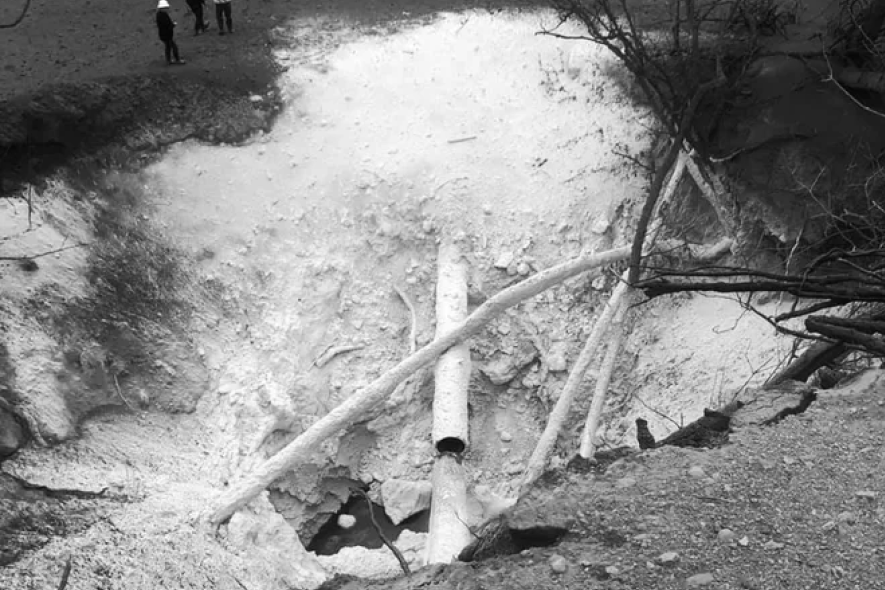
A Health Hazard
But what did surprise me was… how bad the injuries were. People who had Chronic Obstructive Pulmonary Disease (COPD) under control are now on inhalers full-time. One of the most seriously injured people can’t recognize his friends on the street. He can’t hold a job because he can’t remember what he’s supposed to do.
I was surprised by the sheer level of chaos that this caused this little place. And the heroic, almost battlefield mentality of the first responders who went in.
The folks who had been overcome by CO2 were wandering around, disorientated. Their cars had stalled because the CO2 displaces oxygen. They wandered into town, had absolutely no idea where they were.

A Health Hazard
When one of the first responders got to this one couple, they were so out of it he had to scream at them, “Get in my truck or you’re gonna die!” They still didn’t understand, so he had to physically put them into his truck.
So think about that in the context of, let’s say, a break near a school, an old folks home, or a strip mall. What’s gonna happen to those people? How are they gonna get to them without internal combustion engines? They’re not! There’s no guaranteed path to safety.
Two important things
we need your help with right now…
No more delay tactics — it’s time for renewables to shine.
Renewable energy and energy efficiency are reliable, cost-effective, and ready for widespread deployment. Given huge advances in production and storage, we could meet 100% of our energy needs with clean, renewable energy — today. All we need is the political will to make it happen.
There is little to no oversight from the government for CCS facilities and pipelines.
Here is what Food & Water Watch is doing to stop this scam from several angles.
Working With Allies
We’re working with our allies on the ground to stop the buildout of carbon pipelines. We collaborate with community partners to educate people about CCS and why ushering out fossil fuels is crucial to our climate future.
Influencing Lawmakers
We’re connecting with state legislators and members of Congress, educating them about the problems with CCS and urging them to take action to stop carbon capture. We’re calling on them to instead support a quick transition from fossil fuels to renewable energy.
Mobilizing People
We mobilize people to pressure elected officials to oppose CCS. We’re moving people to contact their members of Congress to stop federal tax subsidies for carbon capture and expose potential fraud in the programs.
Endnotes
- U.S. CBO. “Estimated Budgetary Effects of H.R. 5376, the Inflation Reduction Act of 2022, as Amended in the Nature of a Substitute (ERN22335) and Posted on the Website of the Senate Majority Leader on July 27, 2022.” August 5, 2022 at 10; Calculation: 3229/35/10 (sequestration) 3229/25/10 (EOR).
- Jenkins, J. D et al. REPEAT Project. “Preliminary Report: The Climate and Energy Impacts of the Inflation Reduction Act of 2022.” August 2022 at 13.
- Rhodes, J. D. et al. “Baseload power potential from optimally-configured wind, solar and storage power plants across the United States.” Nature Communications. 2020 at 15.]
- FWW. “Averting Climate Catastrophe: Fossil Fuels Must End While Renewables Take Over.” March 2022.



